Audi 2015 Annual Report Download - page 19
Download and view the complete annual report
Please find page 19 of the 2015 Audi annual report below. You can navigate through the pages in the report by either clicking on the pages listed below, or by using the keyword search tool below to find specific information within the annual report.-
 1
1 -
 2
2 -
 3
3 -
 4
4 -
 5
5 -
 6
6 -
 7
7 -
 8
8 -
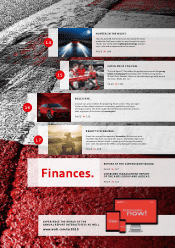 9
9 -
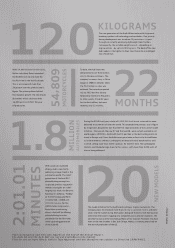 10
10 -
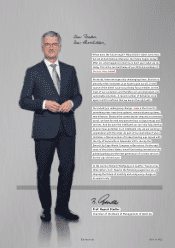 11
11 -
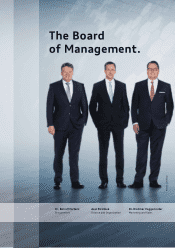 12
12 -
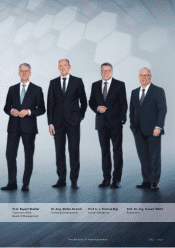 13
13 -
 14
14 -
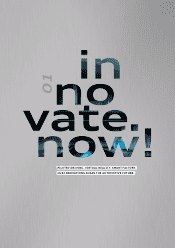 15
15 -
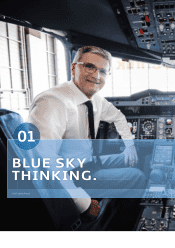 16
16 -
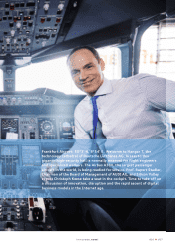 17
17 -
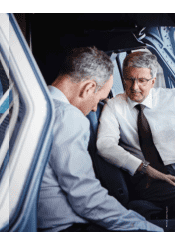 18
18 -
 19
19 -
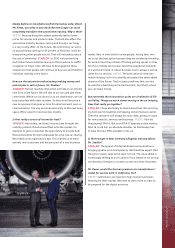 20
20 -
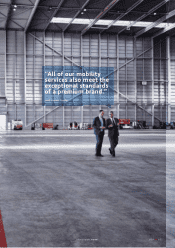 21
21 -
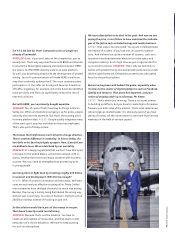 22
22 -
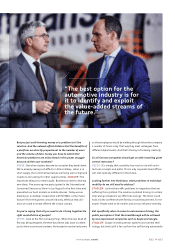 23
23 -
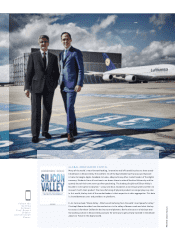 24
24 -
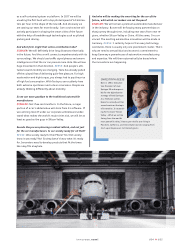 25
25 -
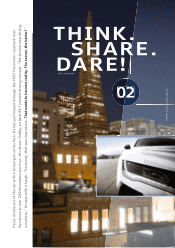 26
26 -
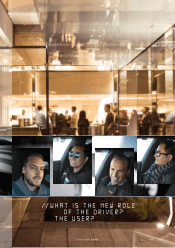 27
27 -
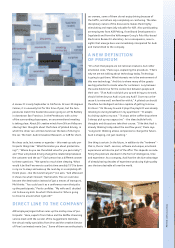 28
28 -
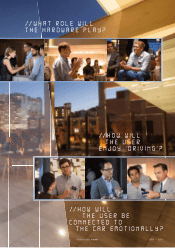 29
29 -
 30
30 -
 31
31 -
 32
32 -
 33
33 -
 34
34 -
 35
35 -
 36
36 -
 37
37 -
 38
38 -
 39
39 -
 40
40 -
 41
41 -
 42
42 -
 43
43 -
 44
44 -
 45
45 -
 46
46 -
 47
47 -
 48
48 -
 49
49 -
 50
50 -
 51
51 -
 52
52 -
 53
53 -
 54
54 -
 55
55 -
 56
56 -
 57
57 -
 58
58 -
 59
59 -
 60
60 -
 61
61 -
 62
62 -
 63
63 -
 64
64 -
 65
65 -
 66
66 -
 67
67 -
 68
68 -
 69
69 -
 70
70 -
 71
71 -
 72
72 -
 73
73 -
 74
74 -
 75
75 -
 76
76 -
 77
77 -
 78
78 -
 79
79 -
 80
80 -
 81
81 -
 82
82 -
 83
83 -
 84
84 -
 85
85 -
 86
86 -
 87
87 -
 88
88 -
 89
89 -
 90
90 -
 91
91 -
 92
92 -
 93
93 -
 94
94 -
 95
95 -
 96
96 -
 97
97 -
 98
98 -
 99
99 -
 100
100 -
 101
101 -
 102
102 -
 103
103 -
 104
104 -
 105
105 -
 106
106 -
 107
107 -
 108
108 -
 109
109 -
 110
110 -
 111
111 -
 112
112 -
 113
113 -
 114
114 -
 115
115 -
 116
116 -
 117
117 -
 118
118 -
 119
119 -
 120
120 -
 121
121 -
 122
122 -
 123
123 -
 124
124 -
 125
125 -
 126
126 -
 127
127 -
 128
128 -
 129
129 -
 130
130 -
 131
131 -
 132
132 -
 133
133 -
 134
134 -
 135
135 -
 136
136 -
 137
137 -
 138
138 -
 139
139 -
 140
140 -
 141
141 -
 142
142 -
 143
143 -
 144
144 -
 145
145 -
 146
146 -
 147
147 -
 148
148 -
 149
149 -
 150
150 -
 151
151 -
 152
152 -
 153
153 -
 154
154 -
 155
155 -
 156
156 -
 157
157 -
 158
158 -
 159
159 -
 160
160 -
 161
161 -
 162
162 -
 163
163 -
 164
164 -
 165
165 -
 166
166 -
 167
167 -
 168
168 -
 169
169 -
 170
170 -
 171
171 -
 172
172 -
 173
173 -
 174
174 -
 175
175 -
 176
176 -
 177
177 -
 178
178 -
 179
179 -
 180
180 -
 181
181 -
 182
182 -
 183
183 -
 184
184 -
 185
185 -
 186
186 -
 187
187 -
 188
188 -
 189
189 -
 190
190 -
 191
191 -
 192
192 -
 193
193 -
 194
194 -
 195
195 -
 196
196 -
 197
197 -
 198
198 -
 199
199 -
 200
200 -
 201
201 -
 202
202 -
 203
203 -
 204
204 -
 205
205 -
 206
206 -
 207
207 -
 208
208 -
 209
209 -
 210
210 -
 211
211 -
 212
212 -
 213
213 -
 214
214 -
 215
215 -
 216
216 -
 217
217 -
 218
218 -
 219
219 -
 220
220 -
 221
221 -
 222
222 -
 223
223 -
 224
224 -
 225
225 -
 226
226 -
 227
227 -
 228
228 -
 229
229 -
 230
230 -
 231
231 -
 232
232 -
 233
233 -
 234
234 -
 235
235 -
 236
236 -
 237
237 -
 238
238 -
 239
239 -
 240
240 -
 241
241 -
 242
242 -
 243
243 -
 244
244 -
 245
245 -
 246
246 -
 247
247 -
 248
248 -
 249
249 -
 250
250 -
 251
251 -
 252
252 -
 253
253 -
 254
254 -
 255
255 -
 256
256 -
 257
257 -
 258
258 -
 259
259 -
 260
260 -
 261
261 -
 262
262 -
 263
263 -
 264
264 -
 265
265 -
 266
266 -
 267
267 -
 268
268 -
 269
269 -
 270
270 -
 271
271 -
 272
272 -
 273
273 -
 274
274 -
 275
275 -
 276
276 -
 277
277 -
 278
278 -
 279
279 -
 280
280 -
 281
281 -
 282
282 -
 283
283 -
 284
284 -
 285
285 -
 286
286 -
 287
287 -
 288
288 -
 289
289 -
 290
290 -
 291
291 -
 292
292 -
 293
293 -
 294
294 -
 295
295 -
 296
296 -
 297
297 -
 298
298 -
 299
299 -
 300
300
 |
 |

Mr. Keese, you spent half a year in Silicon Valley discovering
how start-ups and digital giants from Palo Alto to San
Francisco are creating both innovation and disruption.
What is the next big thing that awaits us ?
KEESE : You need to be in the right place, especially in the vir-
tual world. If you’re where innovations are launched, you soon
fi nd out what you should be investing in. If you’re in the wrong
place, you’ll be behind the game. Consider this : Californians no
longer believe in production, they believe in data aggregation.
They are inventing and developing platforms. That makes them
disruptive.
What makes Silicon Valley’s innovators so strong – is it really
just down to high risk and fl at hierarchies ?
KEESE : Take Palantir, for example – a big data specialist
from Palo Alto. Nothing inherently spectacular in that. But
this innovator is run by just four managers. The remaining
, employees all have the same rank and title : Forward
Deployed Engineer. A made-up label. The employees are con-
stantly re organizing themselves project by project, and that en-
ables them to analyze myriads of data incredibly fast. So success
certainly isn’t a question of hierarchy. STADLER : Bureaucracy
paralyzes progress. We’ve recognized that, which is why we
quickly need to break down hierarchies. That was one reason why
we established our Audi Innovation Research (AIR) think tank in
San Francisco in : to develop new, innovative technologies
faster and permanently expand our network in Silicon Valley.
But the start-ups there are simply more venturesome than we
are ; less bureaucracy gives them more speed.
Mr. Keese, were you able to sense that speed ?
KEESE : People who launch start-ups have an idea on Saturday,
start writing the code on Sunday, pitch for risk capital on
Monday, and six weeks later the product is on the market.
An impressive feat that refl ects incredible resolve.
And it came as a bit of a surprise to you. You traveled to
Silicon
Valley with the classic business attire of suit and tie,
and soon realized that it doesn’t go down too well there.
KEESE :
My suit very rapidly became redundant. First it was fold-
ed away in my case, then hung in my closet. But I didn’t need
it once. Apart from a few investors, nobody wears one there.
Wouldn’t that be absolutely taboo in German industrial
enterprises ?
STADLER : We still have quite a hierarchical mindset and need
to learn that there’s a faster and more fl exible way that’s just as
responsible. But fi rst we need to overcome our fear of change.
It’s questionable whether we’ll manage that. But even if we
do, we Germans aren’t exactly thought of as risk-takers.
KEESE :
Sadly, no. Even though we’re the successors of pioneers
who took big risks. Most car manufacturers started out by
causing disruption when they took on horse-drawn carriages
with their motorized versions. We need to reactivate that
spirit of risk-taking.
PROF. RUPERT STADLER
Born in 1963. Chairman of the
Board of Management of AUDI AG.
A graduate in business administra-
tion, he joined Audi in 1990, work-
ing in Controlling for
Marketing
and
Sales
. In 1994 he was appoint-
ed
Commercial Director of Volks-
wagen/Audi España S.A. in Barcelona. Rupert Stadler became
Head of the Board of Management’s O ce for Volkswagen AG
in 1997, and additionally Head of Group Product Planning
starting in 2002. He joined the Board of Management of
AUDI AG in 2003 and has been its Chairman since 2007.
Stadler was also appointed to the Board of Management of
Volkswagen AG in 2010. He lives in Ingolstadt with his wife
Angelika and has three children.
innovate.now! 018 >> 019
